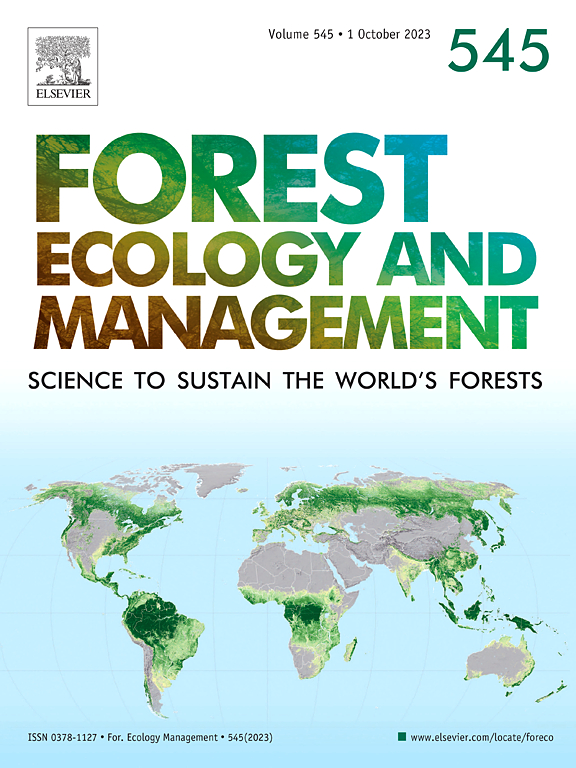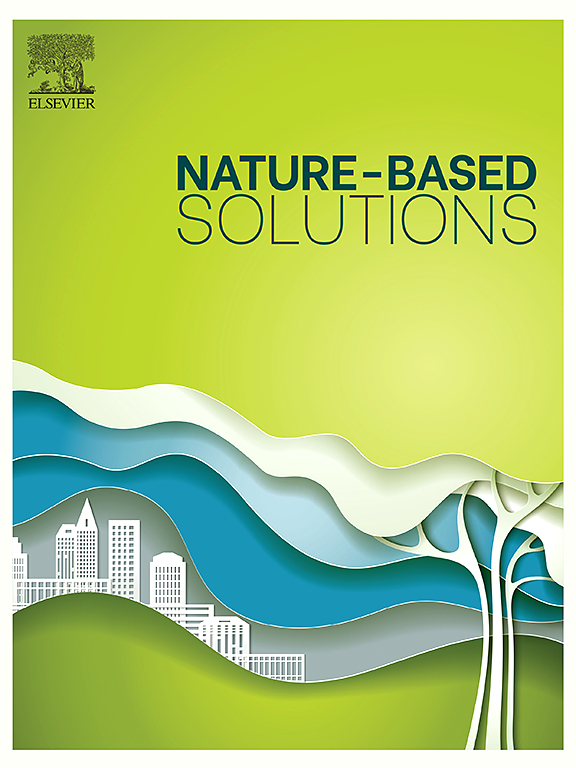ABSTRACT: Progressive death of twigs and branches (i.e. dieback) may happen in response to biotic and abiotic agents
Ants as Bioindicators of Riparian Ecological Health in Catalonian Rive
ABSTRACT: In this study, we assess the potential of ants as bioindicators of riparian ecological health in two river types (upland and lowland type) located in the Catalonian region. We proposed to understand to what extent do metrics based on ant responses provide useful information that cannot be presented by traditional biophysical assessments while attempting an approach to creating an ant-based multimetric index (ant-based MMI) of the riparian ecological health. A total of 22 ant species were identified, and 42 metrics related to ant foraging activity, species richness, and functional traits were evaluated as potential core metrics of the index. Riparian features and proximal land use land cover (LULC) were used to distinguish disturbed from less disturbed sites. We found that ant communities strongly responded to human disturbance. When compared with an exclusively physical-based index for the assessment of the riparian health, the ant-based MMI was more sensitive to human disturbance, by also reacting to the effects of the surrounding LULC pressure. This study provides a preliminary approach for an ant-based assessment tool to evaluate the health of riparian corridors although additional research is required to include other river types and a wider stressor gradient before a wider application.
Nature-based solutions in Granollers: From ecosystem restoration to the circular economy
ABSTRACT: The environmental and health impacts that occurred in the city of Granollers (Barcelona, Spain) ultimately led to a public rejection of natural surroundings, which became polluted and neglected places. The regeneration of these degraded spaces required an ambitious and multidimensional revitalisation programme to re-establish their ecological and cultural functions. This paper describes and evaluates the arduous restoration process carried out over more than 20 years, analysing the outcomes, challenges and setbacks involved in achieving a more resilient, green and liveable city. This paper examines innovative projects with nature-based solutions, such as the river restoration project to naturalise and release the Congost River, and the creation of a lagoon-based system in the Can Cabanyes area to foster biodiversity and create a local green economy based on the reuse of water. The paper presents evidence of the contribution of a long-term local restoration programme to the improvement of biodiversity and health in a medium-sized city. Empirical evidence has demonstrated a remarkable ecological improvement of the restored habitats. Social appraisal of the project has notably increased over the years, although some long-standing negative views persist regarding the restored river areas. The overarching strategy implemented in Granollers has transformed and empowered the city, multiplying the local green infrastructure and creating a valuable public corridor between the city and the regenerated spaces.
Programa LIFE
Xarxa Natura 2000
Ministerio de Agricultura y Pesca, Alimentación y Medio Ambiente
http://www.mapama.gob.es/ca/biodiversidad/temas/espacios-protegidos/red-natura-2000/default.aspx







